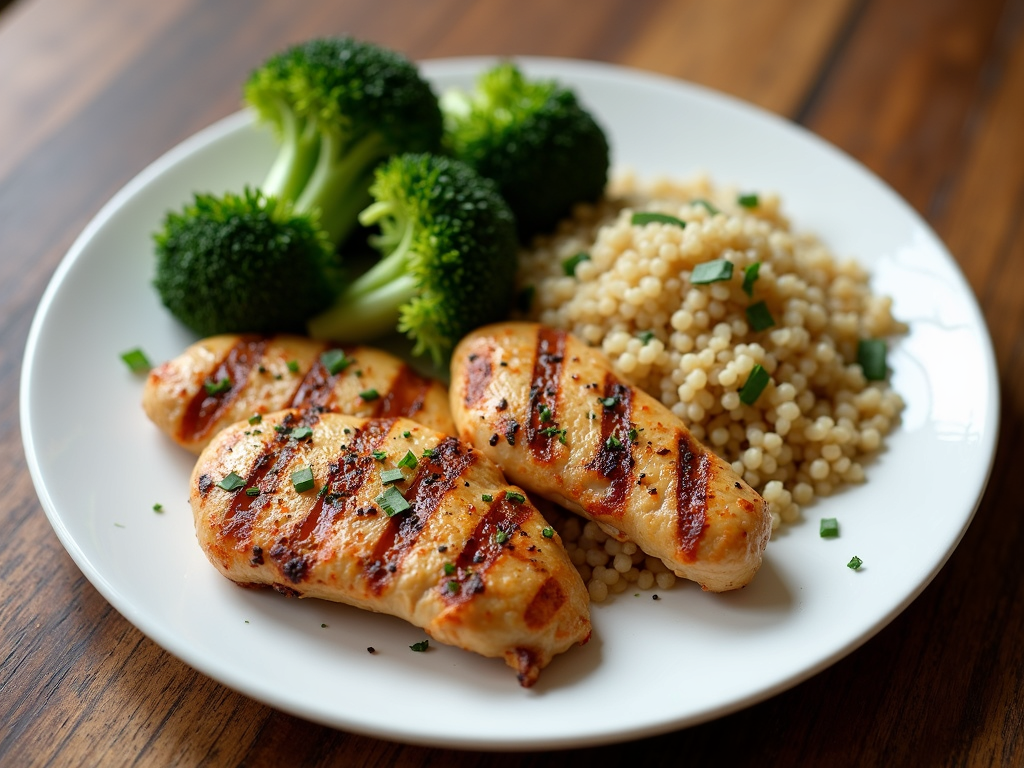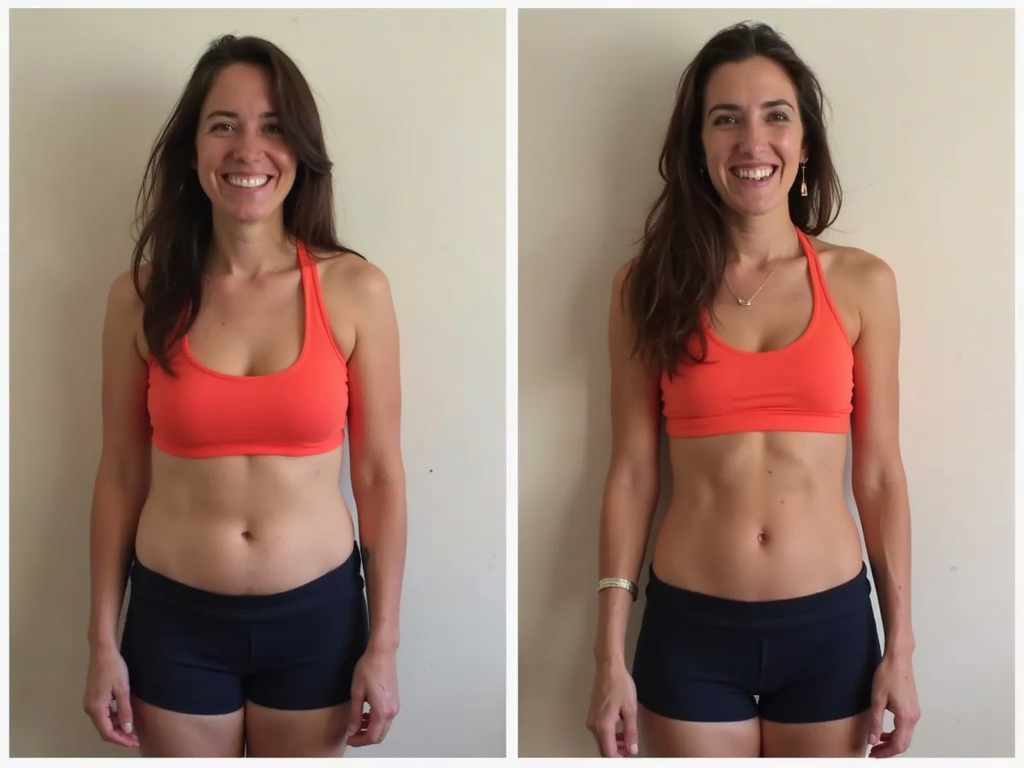Overview: Your Journey Begins Here
Starting exercise as a beginner can feel overwhelming, but it doesn’t have to be. This guide covers everything you need to know about How to Start Exercising: A Beginner’s Guide, with a focus on effective weight loss strategies and behavioral therapy. You’ll find practical tips, personal insights, and even a look at aversion therapy for weight loss to help you succeed.
Why Exercise Matters for Weight Loss
Exercise isn’t just about burning calories—it’s about feeling better, stronger, and more confident. When I first started, I could barely walk a mile without huffing. Now, I see it as my secret weapon for health. Studies from the CDC show regular movement boosts metabolism and improves mood, making weight loss easier.

Getting Started: Set Realistic Goals
Don’t aim to run a marathon on day one. Start small—say, 15 minutes of activity, three times a week. I began with short walks, and it felt achievable. The key? Build a habit first, then increase intensity. Write down your goals to stay on track.
Choosing the Right Exercises
Pick activities you enjoy. Walking, cycling, or even dancing count! Beginners benefit from low-impact options that don’t strain joints. I found swimming relaxing yet effective—it burns calories without feeling like ‘work.’ Mix cardio (like brisk walking) with strength moves (like squats) for balance.
Crafting a Simple Workout Plan
Here’s a starter plan:
- Monday: 20-min walk
- Wednesday: 15-min bodyweight exercises (e.g., squats, push-ups)
- Friday: 20-min dance session
Rest days matter too—they prevent burnout. Adjust as you grow stronger.

Effective Weight Loss Strategies: Beyond Exercise
Exercise alone won’t cut it—you need a calorie deficit. That means eating fewer calories than you burn. I lost my first 10 pounds by tracking food with an app and cutting soda. Pair this with a balanced diet: lean proteins, veggies, and whole grains. Drink water too—it curbs hunger.
The Power of Consistency
Results take time. I’d get frustrated when the scale didn’t budge, but sticking with it paid off. Research from the National Institutes of Health says consistent habits beat quick fixes. Celebrate small wins—like fitting into old jeans—to stay motivated.
What Is Behavioral Therapy for Weight Loss?
Behavioral therapy helps you change habits that sabotage weight loss. It’s about understanding why you overeat or skip workouts. I used to snack out of boredom—therapy taught me to replace that with a walk. It’s practical, not preachy, and it works.

Aversion Therapy: A Unique Approach
Ever heard of aversion therapy? It’s a type of behavioral therapy where you link an unwanted habit—like overeating junk food—with something unpleasant. For example, imagining a bad smell while reaching for chips. I tried it with soda—picturing sugary sludge—and it cut my cravings fast.
Does Aversion Therapy Work for Weight Loss?
Aversion therapy for weight loss isn’t for everyone, but it can help. A study from Psychology Today notes it’s effective for breaking specific habits. Pair it with positive reinforcement—like rewarding yourself for healthy choices—for better results.
Other Behavioral Therapy Options
Beyond aversion therapy, try cognitive-behavioral therapy (CBT). CBT rewires negative thoughts—like ‘I’ll never lose weight’—into action plans. I worked with a coach who helped me see setbacks as learning moments, not failures. It’s empowering and practical.

Personal Insights: My Story
I started at 200 pounds, feeling stuck. Walking felt embarrassing, but I pushed through. Combining exercise, diet tweaks, and therapy shifted everything. I’ve lost 30 pounds—and kept it off. It’s not magic; it’s showing up daily.
Common Beginner Mistakes to Avoid
- Overdoing it: Too much too soon leads to injury.
- Skipping rest: Recovery builds strength.
- Ignoring diet: Exercise can’t outrun bad eating.
I learned these the hard way—don’t repeat my slip-ups!
Tracking Progress Without Obsessing
Use a journal or app to log workouts and meals, but don’t live by the scale. I check my weight weekly—daily fluctuations drove me nuts. Focus on how you feel: stronger legs, better sleep. That’s the real win.

Conclusion: Take the First Step
Starting exercise as a beginner is about small, steady steps. Combine it with effective weight loss strategies and tools like behavioral therapy—even aversion therapy—to see real change. You’ve got this. Check out the recommended readings below for more inspiration!
Discuss Here